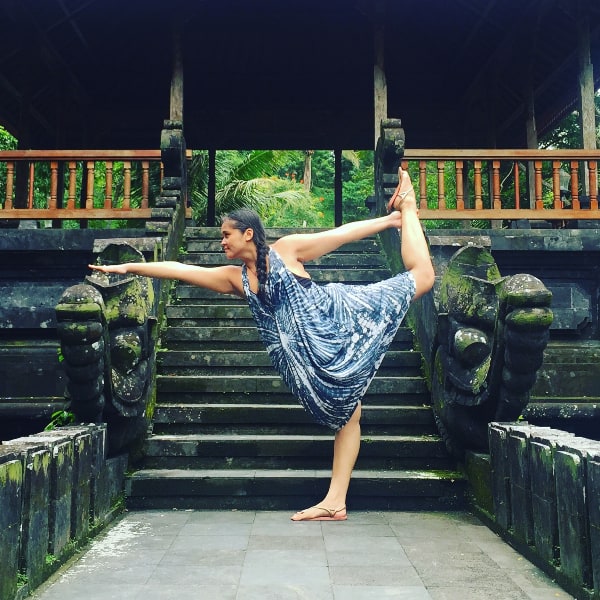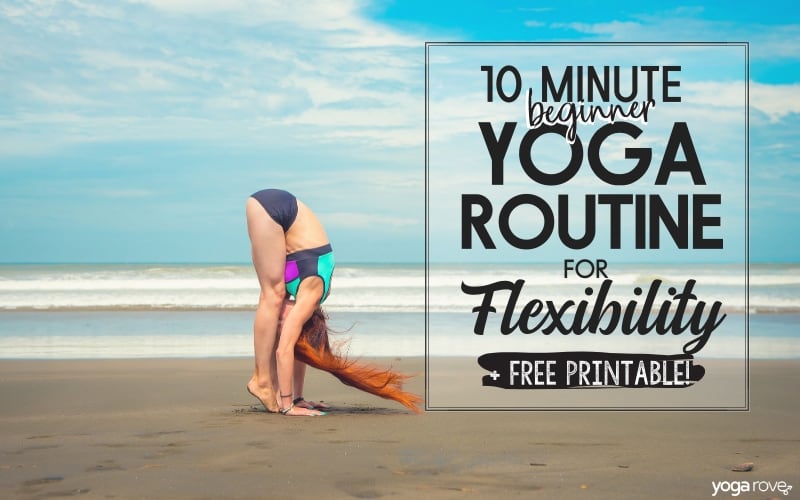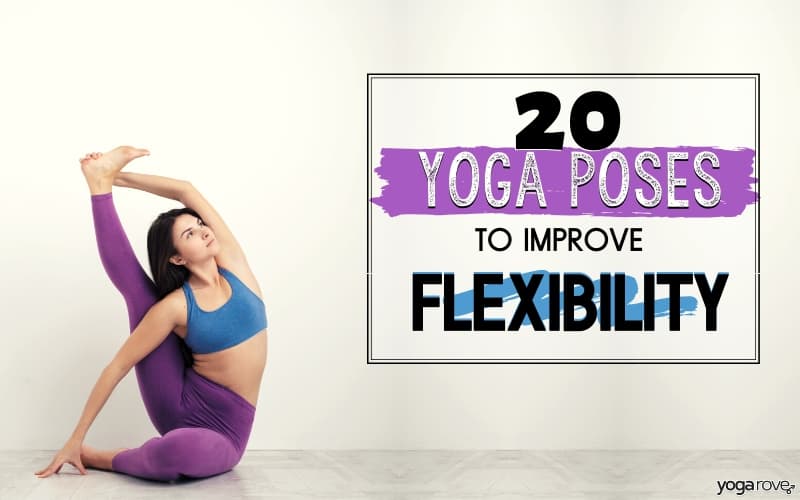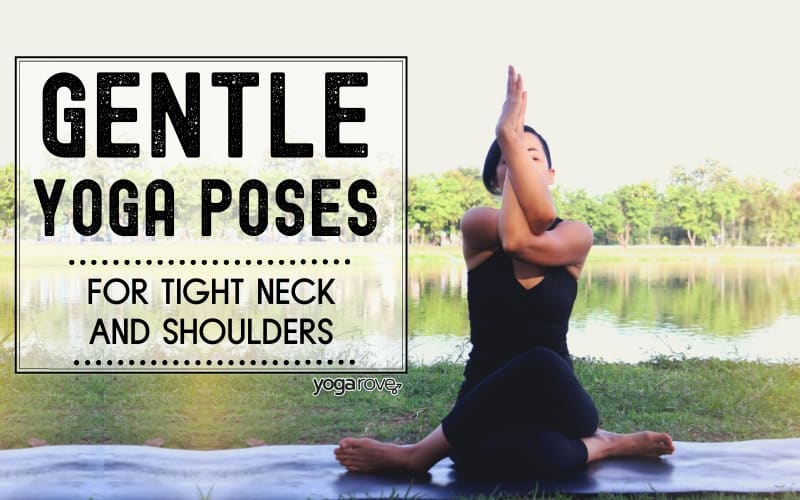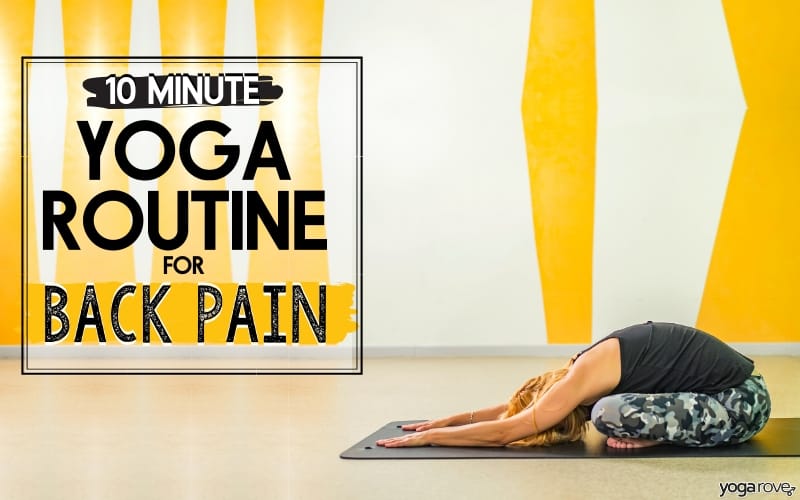This post may contain affiliate links. Please read our disclosure for more info.
Think you are too inflexible to start practicing yoga? Many people begin to practice yoga for different reasons and some choose to practice to increase their flexibility. However, many would-be yogis are intimidated to start because they feel that they don’t have enough flexibility.
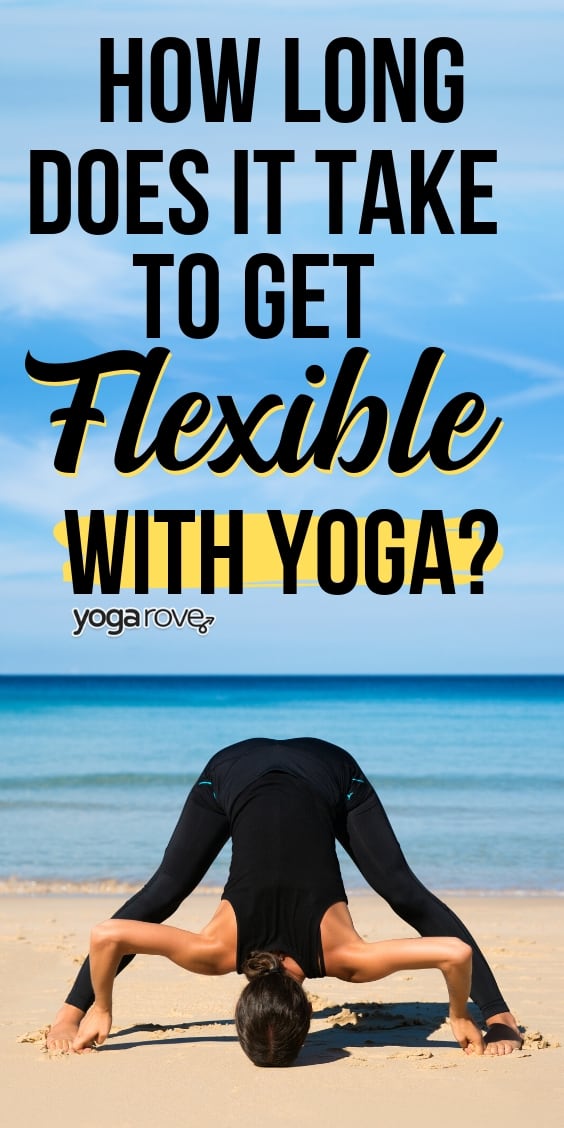
Some start yoga, but become discouraged when they don’t see progress in their bodies right away. Yoga is for everyone, regardless of what your flexibility level is like and you definitely do not need to be flexible to begin practicing.
So how long does it take to gain flexibility with yoga? There is no specific timeline with how soon you will see results, as this all depends on your frequency of practice, age, and consistency. However, people typically see results within 3 to 6 months, and the more that you practice, the more that your body will open up and gain more flexibility.
Yoga is a practice, and like any art form or practice, it takes time and dedication to see results in your body. The practice of yoga is not about nailing a specific pose or being flexible enough to do a full split— all of these things come as a result of immersing yourself in the practice. Rather, the practice of yoga is all about self-awareness, becoming more in tune and grounded in your own body, and learning and honoring this ancient art and tradition.
By honoring this journey and with consistent practice, you will not only become more in tune with your body and yourself, but you will also begin to feel and experience more flexibility in your physical body.
Practicing Yoga for Flexibility
Because every body and each person’s practice is different, there is no specific answer for how long it will take to gain flexibility through the practice of yoga. Also, each person’s definition of flexibility may be a little different— perhaps you have never practiced yoga and are looking to touch your toes. Or maybe you used to dance as a child and are looking to regain the ability to do a split. Although the timeline and flexibility goals for everyone are different, consistency in your yoga practice will result in having you feel your body physically open up more.
Practicing yoga will definitely help you to gain more flexibility in your body, and the time that it takes depends on your body, your current health, and the consistency of your practice. A consistent yoga practice takes time and dedication, so make sure that you don’t get discouraged if you don’t see results right away. Often, you will find that once you begin to immerse yourself in your yoga practice, you will start to see numerous other positive changes in your life and body and your yoga practice becomes less of reaching the destination of improving your flexibility, and more about the journey of your practice.
If you are looking to specifically gain more flexibility from yoga, it is important that you practice a style of yoga that includes dynamic poses, stretching, and movement. There are many different lineages and styles of yoga, some of which include more chanting and meditation instead of physical movement and stretches. Some of the best styles of yoga for gaining flexibility are:
- Yin yoga
- Vinyasa yoga
- Hot/ Bikram yoga
- Hatha yoga
A few things to remember when practicing:
- Be patient with your body. Remember that it takes time for your body to open up, and the more that you practice; the more you will feel your body open.
- Be kind to yourself. Just as every body is different, every day is different as well. Some days you may feel a little tighter or tired, and other days you may feel super open and energized. Listen to and honor your body and remember to practice with kindness towards yourself.
- Remember that the practice is about the journey, not the destination. You may begin your yoga practice with the intention of simply gaining more flexibility, but allow yourself to enjoy the process and the journey. Many start yoga for a specific reason, but end up falling in love with so many other different aspects of the practice. Yoga is all about self-awareness, so the more aware and kind that you are to yourself and your body, the more you are embodying the practice of yoga.
What are the best yoga poses to increase flexibility?
There are hundreds of different poses in yoga, and some require a certain amount of flexibility to practice them. In yoga, it is good to start with basic poses, and as your body begins to open up, you can begin to practice more intricate postures. There are many different poses that every body and beginners can practice. Some of these poses include:
Standing Forward Fold
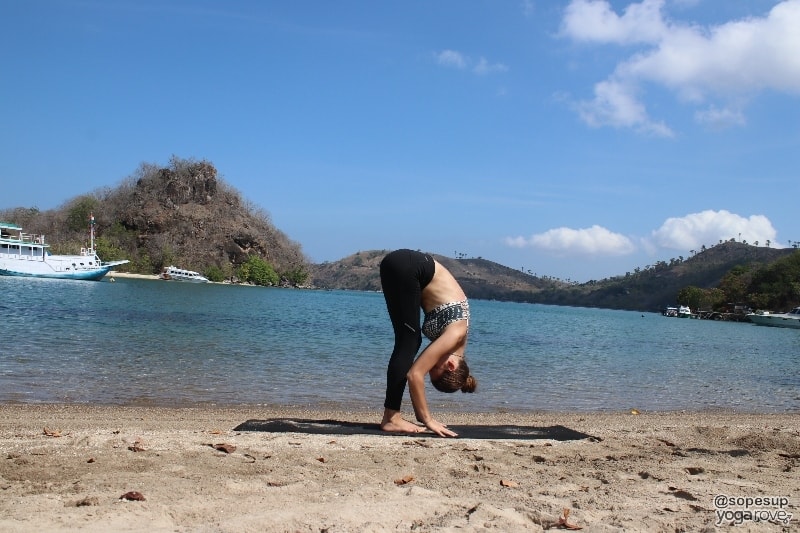
- Begin your feet apart hips width distance and with a deep bend in your knees.
- Allow your stomach to rest on your thighs, let your head relax and the shoulders soften away from your ears.
- Reach for your opposite elbows and shift your weight slightly forward to the balls of your feet.
- You can begin to straighten your legs little by little, but feel free to keep your knees bent as much as you like.
Downward Facing Dog
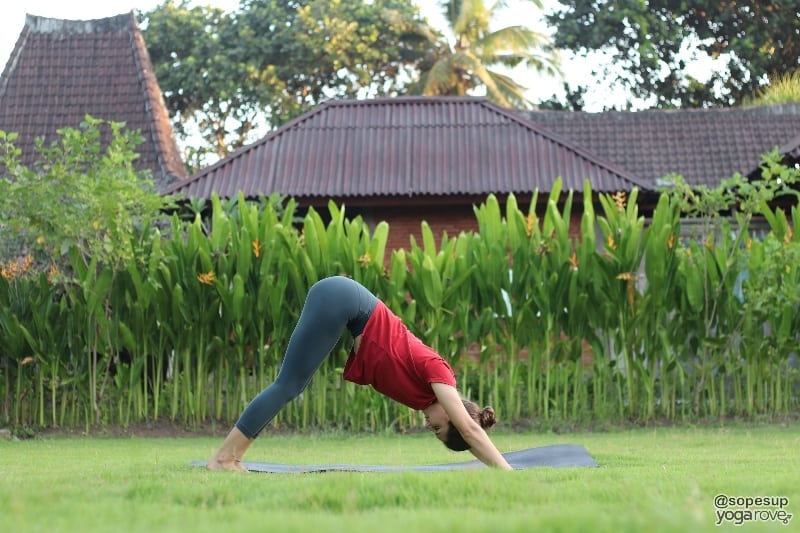
- Starting in a standing forward fold, walk your hands out to the top of your mat to make an upside-down V shape.
- Spread your fingers wide, push the floor away, and lift your hips up to the ceiling.
- Feel your spine and side body lengthen as you push the floor away and continue to lift your hips up.
- Feel free to bend your knees and with practice, you can begin to bring your heels closer to the mat.
Childs Pose
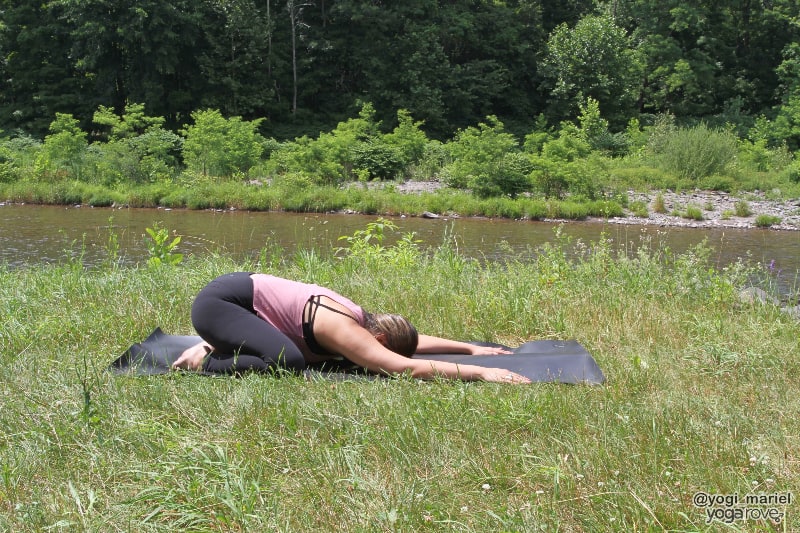
- Sitting at the center of your mat, open your knees out as wide as your mat and bring your seat to your heels.
- Begin to walk your hands forward and rest your forehead on the mat.
- Bring a slight bend to your elbows and soften your shoulders away from your ears.
What are the other benefits of a consistent yoga practice and how often should I practice?
Other than flexibility, there are numerous other benefits to a consistent yoga practice including:
- Stronger bones and increased muscle strength
- Improved balance and posture
- Decrease in inflammation
- Better mood and mental health
- A decrease in stress and anxiety
The frequency of your practice is up to you, your body, and your lifestyle. If your body feels good practicing every day— great! If you feel better practicing 3 times a week, that works as well. The important thing is that you are consistent in your practice. It is much better to practice 10 minutes of yoga every day, rather than 1 hour of yoga every 2 weeks.
At Home Yoga Routines for Flexibility
Getting to a yoga studio before or after work and dedicating one hour of practice can be tough for some with busy schedules. That is why we created our Free Resource Library full of yoga printables.
You can also check out a few other posts designed for beginners and improving flexibility here:
- 10 Minute Beginner Yoga Routine for Flexibility
- How to Use Yoga Blocks to Improve Strength And Flexibility
- The 20 Minute Yoga Routine Every Beginner Needs + Free PDF
Remember that consistency is more important than the duration of practice, and if you can dedicate 20 minutes of your day to your yoga practice, you will begin to feel your body change in no time.
Does hot yoga help you to get flexible faster?
Bikram yoga or a hot vinyasa practice is popular for its detoxifying benefits. Especially in the winter or cooler months, it feels amazing to get into the hot studio and work up a sweat!
Heating the yoga studio up to builds the internal heat in the body faster, and allows your muscles to contract and expand more than if you were in a regularly heated room. Often times, you will feel that you can get into poses easier, and stretch even further.
Make sure that if you are choosing to practice this style of yoga, that you don’t overstretch your muscles. Because the heat of the room allows your muscles to contract and expand more, sometimes you may not be aware that you are actually overstretching different muscles in your body.
Related Questions
Can I do yoga if I’m not flexible? Of course you can! Yoga is for every body and you do not have to feel intimidated if you feel that you are not flexible. Every one is on his or her own journey and yoga is accessible and meant to be for everyone.
What is yin yoga? Yin yoga is a slower paced style of yoga in which poses are held for longer amounts of time (1-5 minutes). The practice consists of passive poses that access the deeper layers of fascia in the body.
My body feels so tight when I practice. What can I do? Slow down your breathing and make sure that you are breathing evenly and deeply, to allow the body to open and expand slowly and naturally.


